Over the weekend, Zwift and XERT announced a new level of integration via Zwift’s new Training API.
See Zwift’s announcement >
See XERT’s announcement >
Let’s dive into the basics of what XERT offers, how to connect Zwift and XERT, and why this new integration is helpful for Zwifters like you and me!
First, a Bit About XERT
XERT has been on the bleeding edge of monitoring, predicting, and optimizing cycling fitness since it launched in beta back in 2016. This isn’t the article to unpack the intricacies of their ever-evolving system, but it’s easily one of the most powerful tools available for cyclists looking to measure current fitness levels and train smart to hit new ones.
XERT calculates a fitness signature based on three numbers: peak power, high-intensity energy, and threshold power. Using those factors, one innovation XERT delivered in their early days was the concept of maximal power available (MPA). XERT can monitor your fatigue in real time, accurately calculating how much high-end power you’ve got left in the tank (this is your MPA). Their calculation is startlingly accurate, and if you manage to dig deep and put out more power than XERT forecasted, you’ll record a “gold breakthrough.” (In my experience, these are few and far between!)
Their more recent AI-based innovations may be even more interesting, though. XERT’s Forecast AI lets you define attainable, date-driven end goals (such as improved power numbers or better performance in a particular race), then determines the training required to get you there:
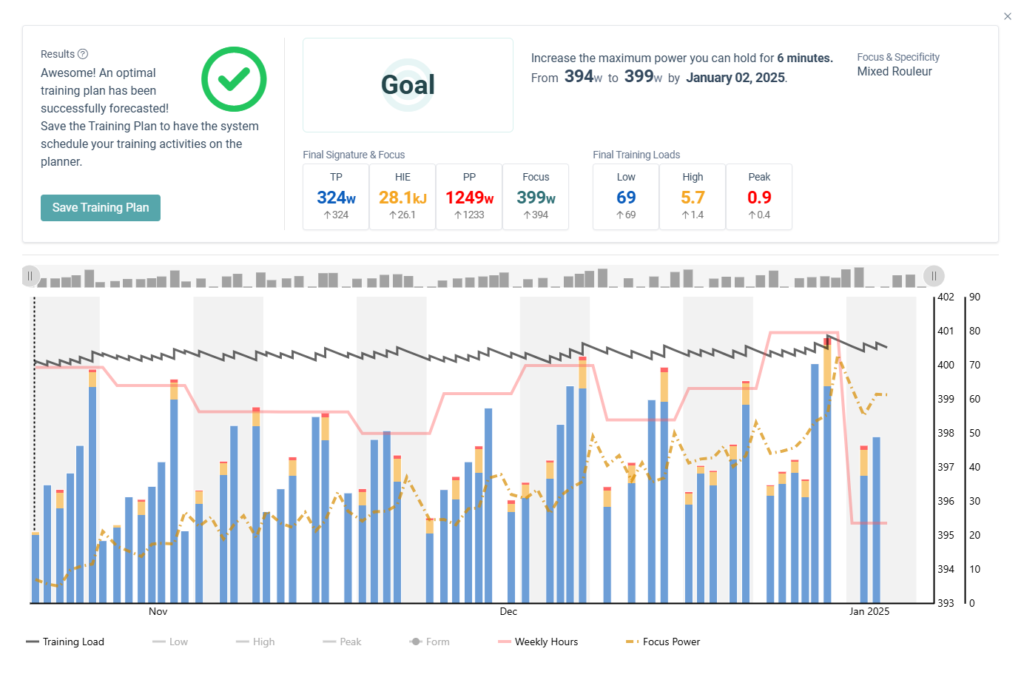
And their Race AI is even more wild. It lets you define a target performance level from another rider’s race file or other sources, and determines whether you can train to achieve a similar level. Then it delivers the training plan to make it happen!
How Zwift-XERT Integration Works
The biggest news with this Training API integration is XERT’s ability to send a workout directly to Zwift, so you can execute your XERT training from within your favorite virtual cycling paradise. There are actually two ways this can happen:
Method 1: Manually “Send Workout To”
You can send any XERT workout directly to Zwift via the “Send Workout To” option:

When you do this, the workout is immediately available from your Zwift homescreen, or under Workouts>Custom>XERT.
This is a simple way to get any workout from XERT into Zwift. But the more useful feature, I would argue, is the automatic one…
Method 2: Automatic Planner Sync
If you use XERT’s calendar to plan your workouts, the next upcoming workout will always be available in Zwift. Here’s a screenshot of my Planner in XERT, and today’s workout as the first card in my Zwift “For You” row:
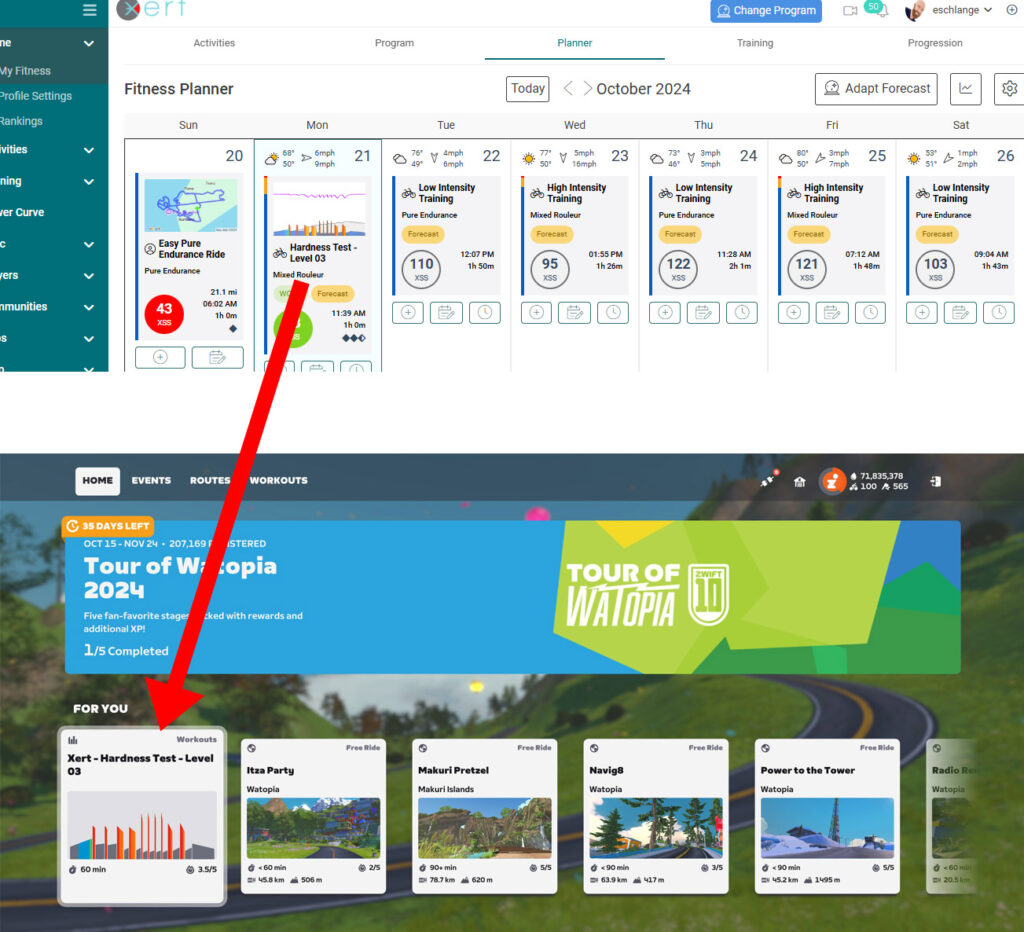
If I decide I want to do a different workout for the day, I can open up my XERT planner in a browser, choose a different workout, and it will automatically be pushed over to my Zwift homescreen, replacing the other workout.
(XERT recommends workouts from their library that match the day’s training needs, or you can click to have their AI system auto-generate a workout that meets your needs. It’s all quite magical.)
Let’s not forget that Zwift’s Training API is a two-way system, though. So if you’ve enabled “sync activities” (see below) when connecting Zwift to XERT, once you finish any Zwift activity, it will be sent back to XERT so their system can “see” your workout and use it to continuously update your training plan.
Connecting XERT to Zwift
Connecting XERT to Zwift is a straightforward process, but there’s one little toggle that I want to call out at the end of the process that makes automated training even more seamless.
First, though, let’s get XERT connected to Zwift.
Sign into your account at xertonline.com, then go to Sync>Zwift and click the “Connect with Z” button:
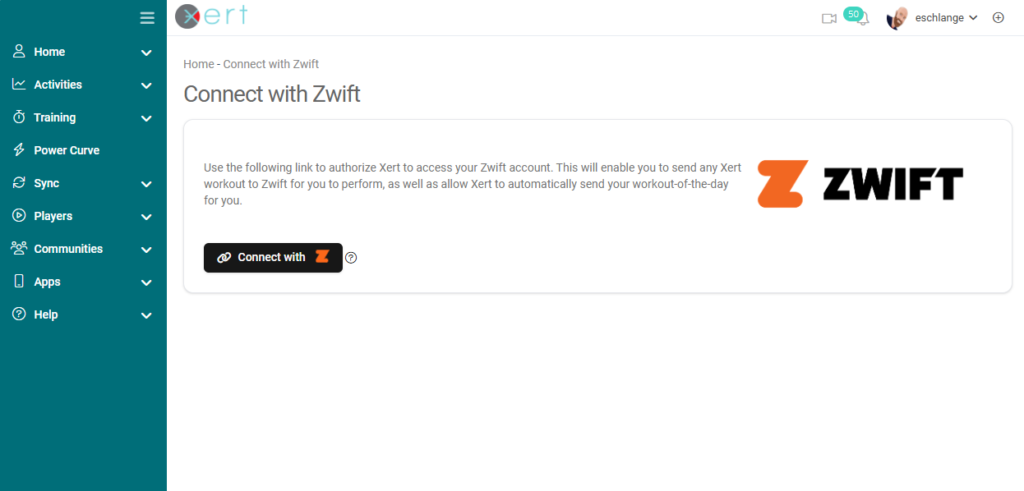
Sign into your Zwift account and grant XERT the necessary access:
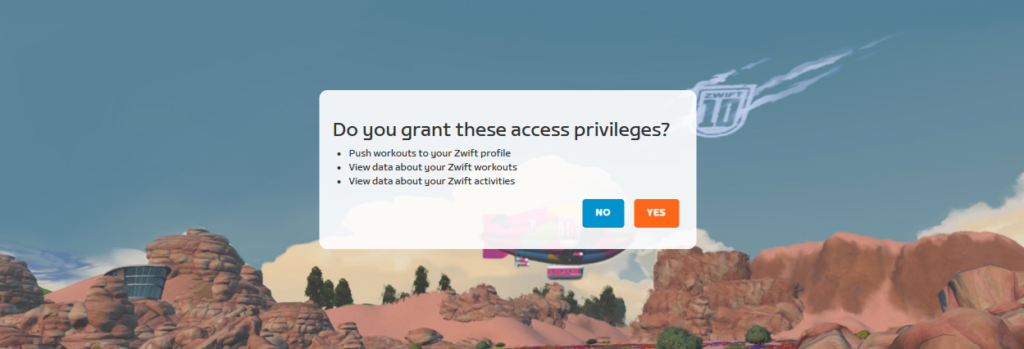
You’re now connected:
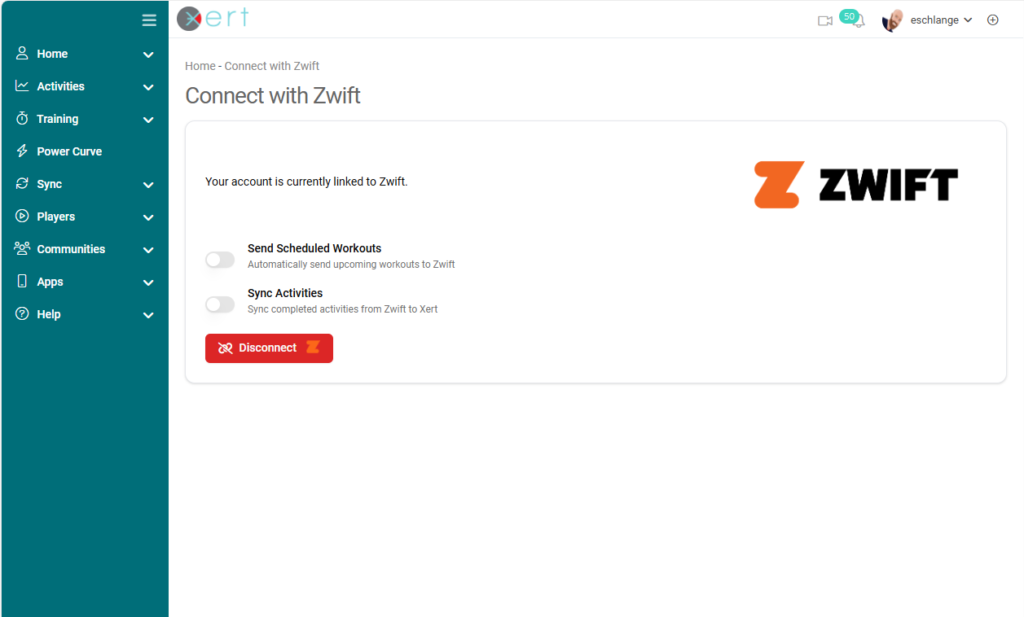
But you need to enable “Send Scheduled Workouts” and “Sync Activities” if you want XERT Planner workouts to pop into Zwift, and if you want completed Zwift activities to pop back to XERT. (I’d recommend enabling both.)
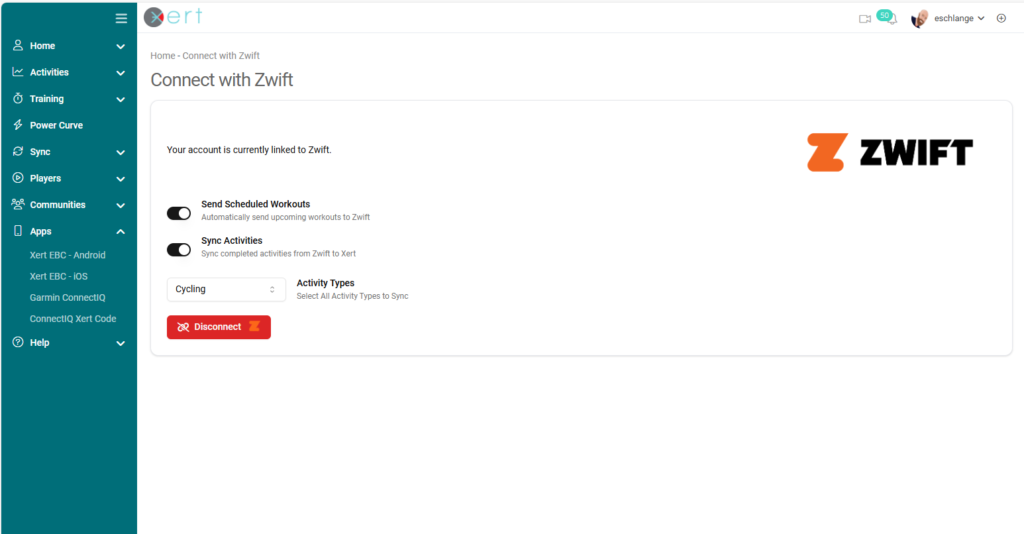
Last but not least: if you want XERT to set up a training calendar for you automagically, go to the Planner tab under My Fitness, click the setup gear, and toggle “Automatically schedule a recommended workout of the day”:
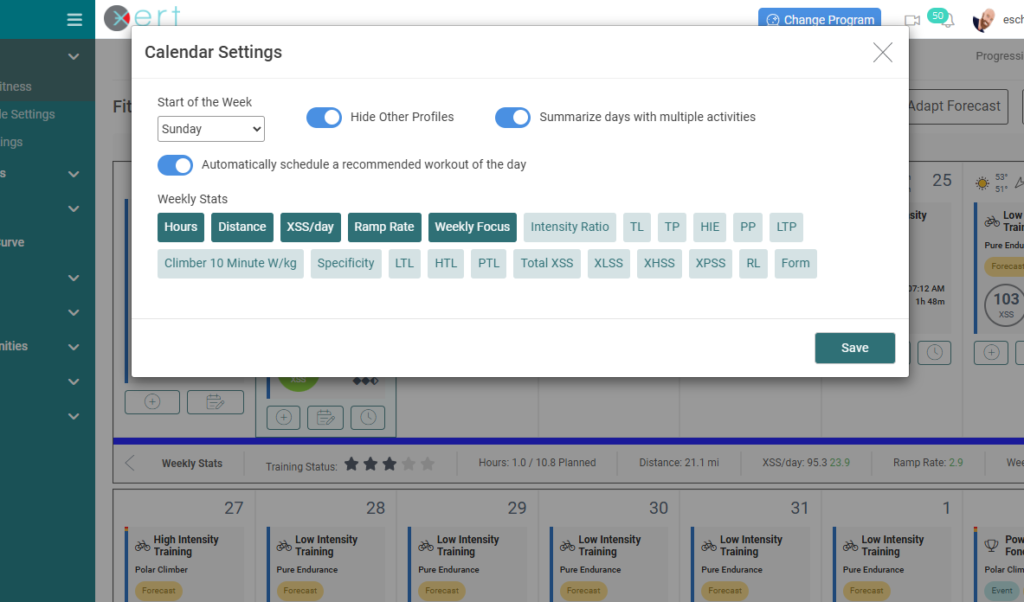
If you skip this step, you won’t have a workout automatically set by XERT each day – you’ll need to go in and select from their recommended library (or have XERT’s AI generate a workout.)
I’d recommend enabling this setting if you’re looking for an ongoing workout plan. If you don’t like the workout XERT schedules, you can always select a different workout as described above.
Free Trial
If you’ve never used XERT, you can sign up for a free 30-day trial. No credit card required!
Concluding Thoughts
There’s been a lot of talk about AI-based training in the past couple of years, and XERT is, arguably, the most advanced AI-based cycling training system available today. Built on the back of their innovative 3-dimensional fitness metrics, their Forecast AI not only helps riders determine realistic training goals – it lays out the daily training required to meet those goals, and adapts based on your daily activities!
Having that training pop into Zwift automatically, instead of being forced to push your daily workout from XERT to Zwift, is just icing on the cake.
Taking a step back, it’s wild (but not inaccurate) to say these new Training API integrations are infinitely expanding the library of workouts automatically available on Zwift while also customizing that library to your specific needs. It may sound cliche, but we really are seeing training tools today that are exponentially more powerful than what we’ve had in the past. It’s fun to watch!
Complete List of Training API Partners
XERT is just the latest service to be added to the list of Training API partners at Zwift. Here’s the complete list, which will be updated as new partners are added:
Questions or Comments?
Have you used XERT before? Are you currently using it? What do you think of XERT as a training tool, and what do you think of this latest Training API integration? Share below!

